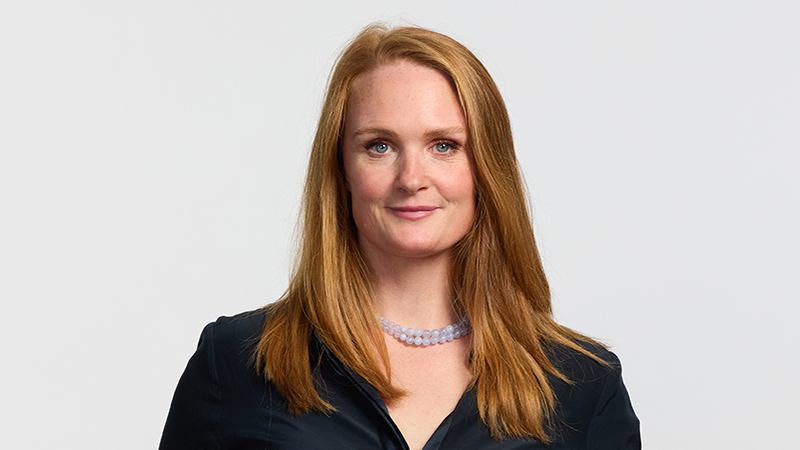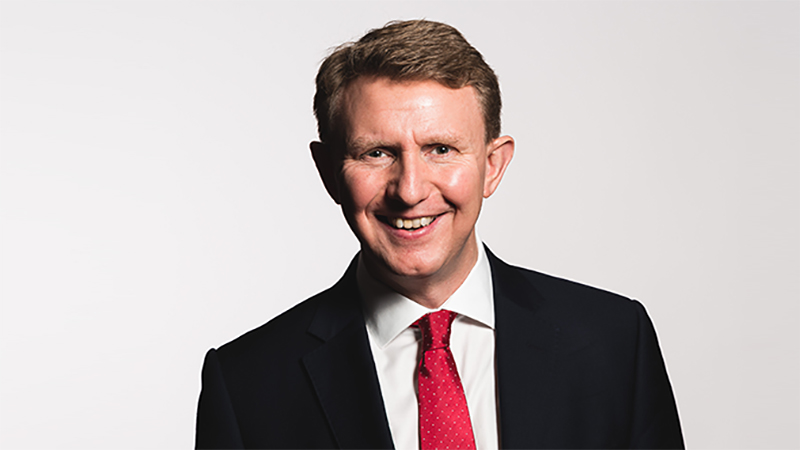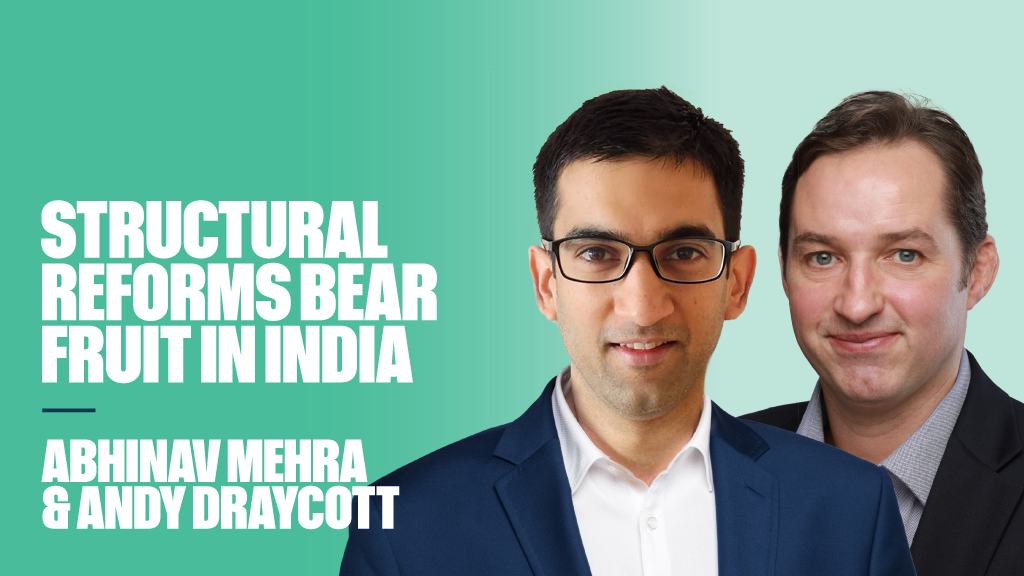The Federal Reserve also had this policy (now replaced by even more explicit guidance about the unemployment rate and inflation levels), as did the Bank of Canada. In the past few years the Fed has spent weeks debating its communications strategy. Elsewhere we get monthly press conferences (including in Trichet’s time as head of the ECB the use of the explicit codewords “strong vigilance” which meant “rates going up next month”).
We also get Inflation Reports and Financial Stability Reports, fan charts and GDP forecasts from which market economists pronounce that the Bank’s two year ahead projection means no more QE just yet. I wonder though whether we’re being given too much information, and that in telling us exactly what they are going to do, central banks risk either a) having to not change their policy even if economic circumstances mean that they should (for example if economic growth comes back strongly yet they’ve promised to keep rates on hold for years), or b) lose face, credibility and trust with the market by going back on their promise. Each of these actions has a cost, and should lower an economy’s potential GDP rate.
Is the promise of low rates forever fuelling the return of those Four Horsemen of the Bondocalypse – CLOs, PIK notes, CCC rated high yield issuance, and mega – LBOs? Does it lead to complacency in investment? To schemes that can only survive if rates don’t ever rise? Is current central bank policy generating asset bubbles? And what are central bankers left with, without the ability to surprise and shock?
Worse still, what if “low rates forever” has the opposite effect than intended? Does it say “doomed, we’re all doomed”? Perhaps central bankers should realise that keeping us guessing is their most powerful tool (OK maybe QE Infinity is their most powerful tool, but still).
Watch this clip of Diego Maradona, scoring against England in the Mexico World Cup finals in 1986.
I was reminded of it when I picked up a copy of Steve Hodge’s autobiography The Man With Maradona’s Shirt in the sales. Maradona was fortunate enough to swap shirts with Nottingham Forest legend Hodge after that game. Anyway, back in 2005 Bank of England Governor gave a speech in which he said the most interesting thing a central banker ever said.
“The great Argentine footballer, Diego Maradona, is not usually associated with the theory of monetary policy. But his performance against England in the World Cup in Mexico City in June 1986 when he scored twice is a perfect illustration of my point. Maradona’s first “hand of God” goal was an exercise of the old “mystery and mystique” approach to central banking. His action was unexpected, time-inconsistent and against the rules. He was lucky to get away with it.
His second goal, however, was an example of the power of expectations in the modern theory of interest rates. Maradona ran 60 yards from inside his own half beating five players before placing the ball in the English goal. The truly remarkable thing, however, is that, Maradona ran virtually in a straight line. How can you beat five players by running in a straight line? The answer is that the English defenders reacted to what they expected Maradona to do. Because they expected Maradona to move either left or right, he was able to go straight on.”
If Maradona had put out a press release and a booklet explaining exactly what he was going to do, it could never have happened. But by keeping the England team guessing and by shifting his weight from left to right (the footballing equivalent of raised eyebrows) he scored the greatest goal of all time.











